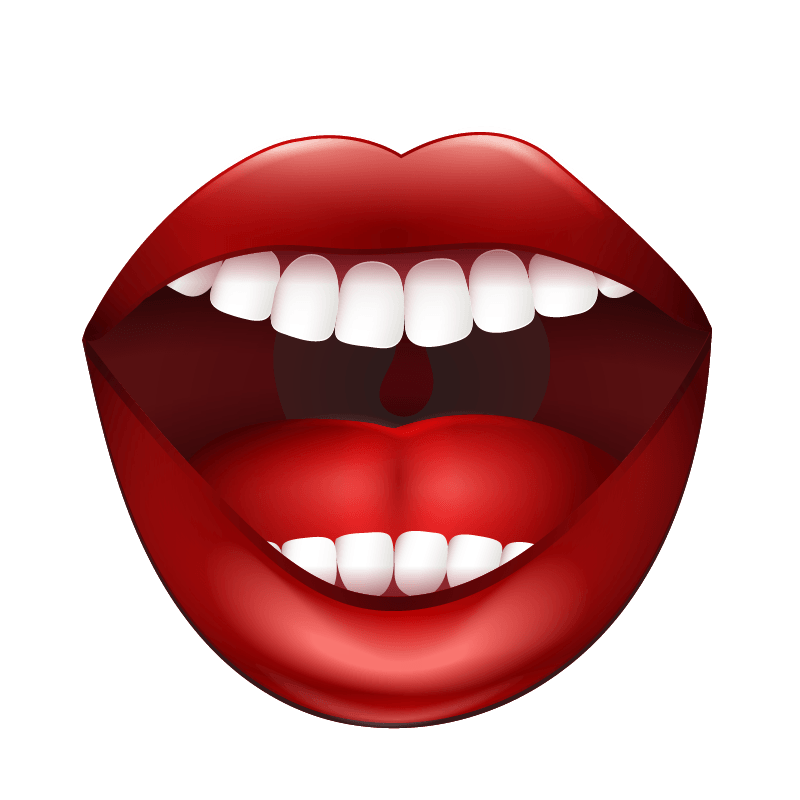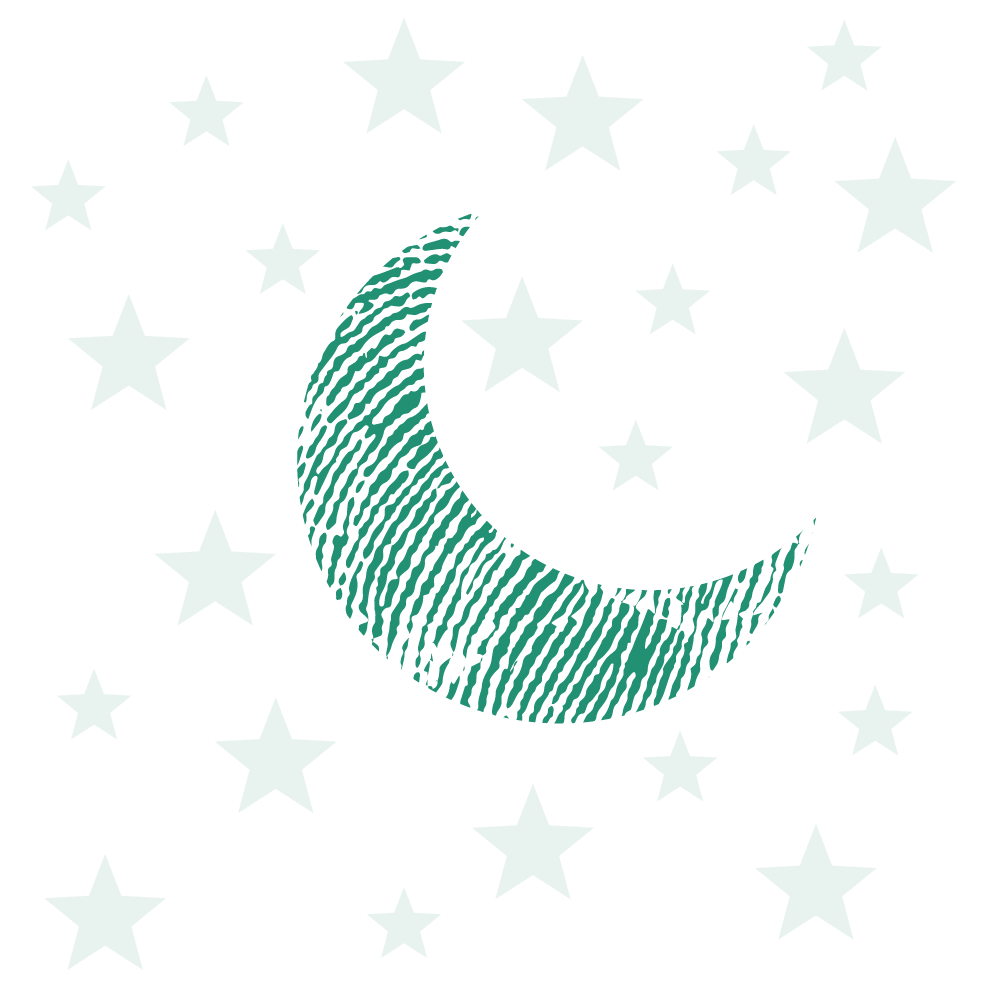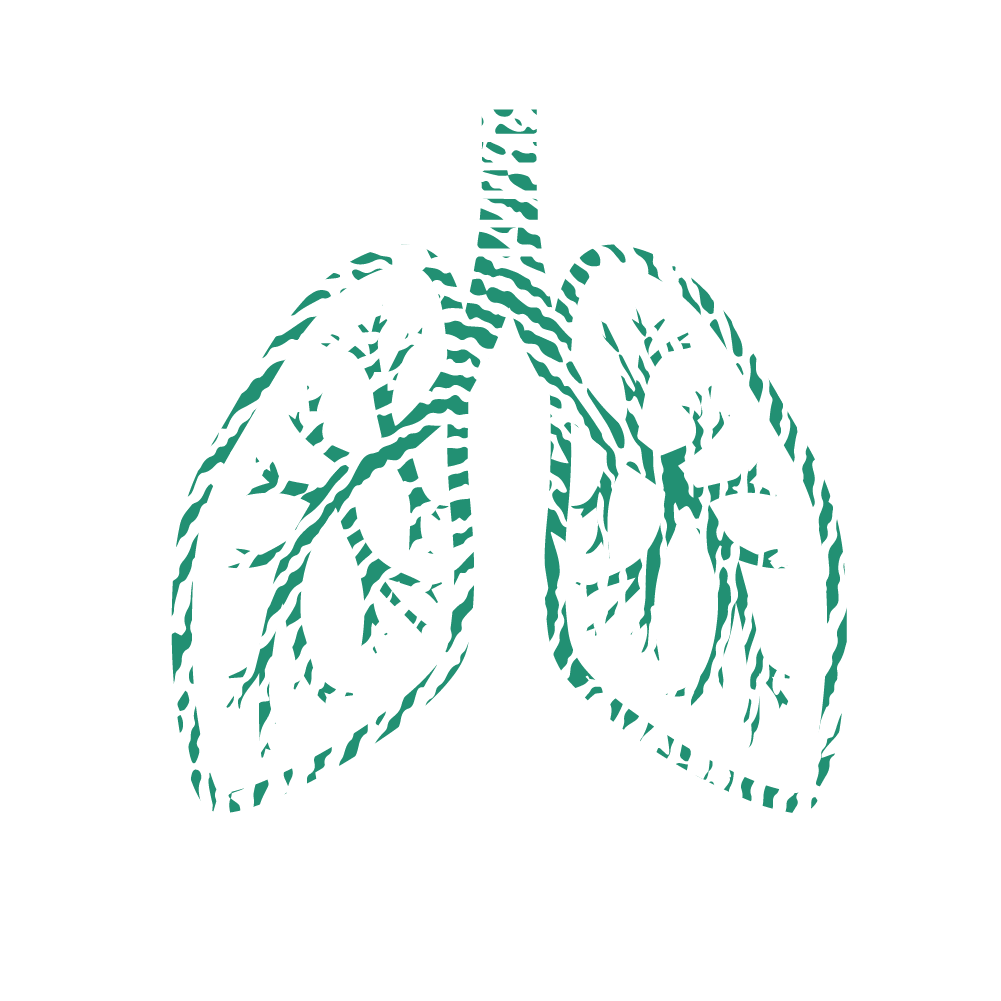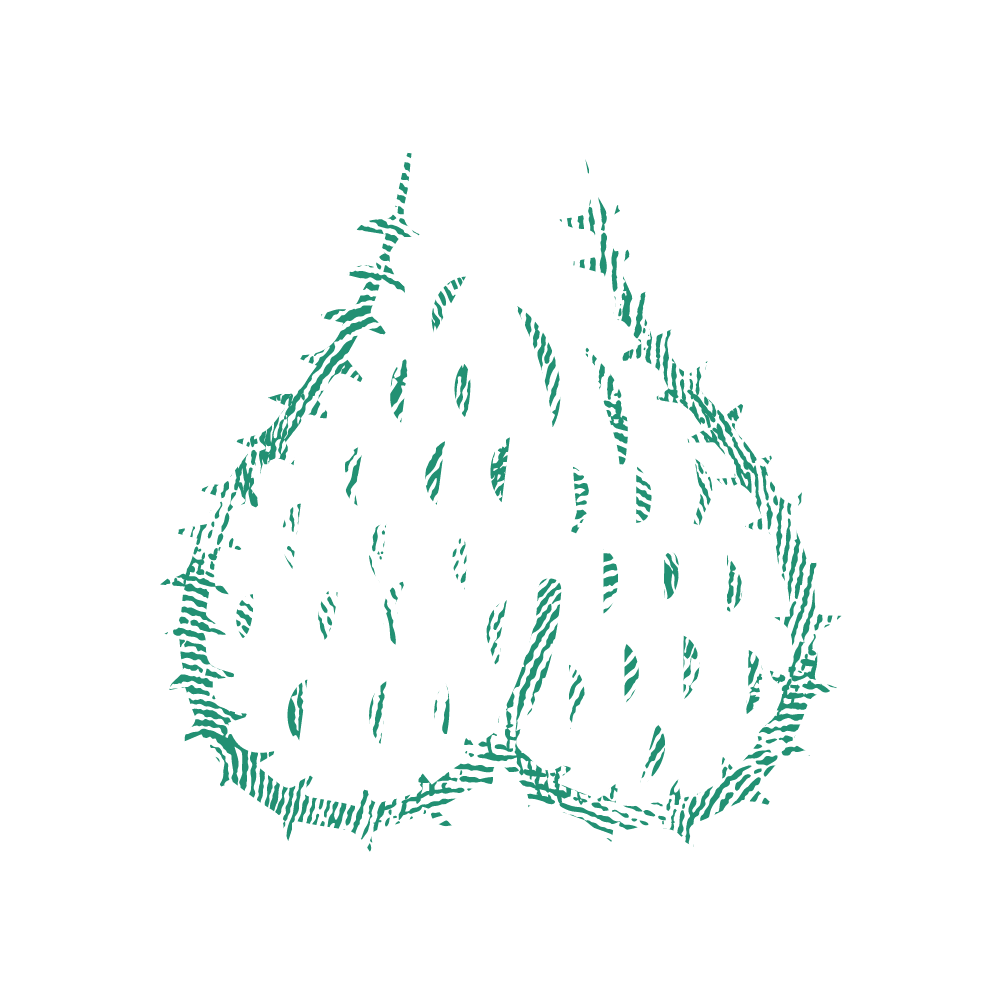When was the last time you woke up feeling refreshed?
We have the pleasure of talking to a dentist turned sleep optimizer, Dr. Jay Khorsandi, about the most fundamental (and, for some, the most frustrating) part of human existence.
Sleep
About the Guest
After 20 years of putting his hands in people’s mouths, Jay Khorsandi molded his dentistry into sleep optimization. He saw how only a few millimeters behind your jaw contains the gateway to health…
your airway
His intimate knowledge of the head and neck structure made for his seamless transition into the studies of disordered breathing and helping people with sleep apnea and asthma to navigate their airflow challenges better.
Jay’s experiences with airway misalignment inspired him to build a community of pediatric and holistic orthodontists who address children with obstructed airways.
Jay is the co-founder of Snore Experts and the host of the Best Night Ever podcast. His integrative approach to improving his patients’ sleep quality focuses on preventative and non-invasive solutions.
In this conversation, we cover almost everything related to sleep, including open-mouth breathing, blue light, naps, dreams, sex, and EMF.
Keep reading to the end to discover actionable steps…
You will learn about the importance of cooling your body temperature before bed, why sleep quality deteriorates as we age, and the benefits of eating an early dinner.
“I was the prototypical patient. I was a mouth breather. I had my teeth taken out. I had braces. I have an egg-shaped head, chronic nasal obstruction, deviated septum, teeth grinding…I did everything.”
-Dr. Jay Khorsandi (12:23)
What you can ascertain about someone's health by looking into their mouth
Not only can you see teeth grinding and smell your partner’s breath.
Nose breathers are those who use their nostrils only. Nasal breathing 3 allows you to take in more air and effectively filter it. Mouth breathers, on the other hand, lack oxygen, build up more bacteria in the airway, snore, and have dry mouths.
Breathing patterns originate from childhood between the ages of 3 and 4; this severely affects the facial structure and airway development 1.
Sleep needs change throughout the lifespan 13.
Between infancy and teenage years, optimal sleep duration ranges from 9-12 hours. Sleep quantity between adolescents and older adults decreases between 7-9 hours. Into your elderly years, sleep duration increases similar to the ranges in infancy (8-11 hours).
“Ideally, the proper way to sleep is with your mouth and lips closed, teeth a little bit apart, tongue parked at the roof of your mouth.”
– Dr. Jay Khorsandi(0:04:10)
Why sleep with your mouth closed? And what happens to the structure of your mouth if you don't?
When you sleep with your mouth open, your tongue and jaw cover your airway, and you stop using your nose, which may cause suffocation.
Muscles of your face may start to compress on your oral structures 2. Instead of developing a U-shaped arch, you form a V-shaped arch, called a vaulted palate, or your jawline. Your mouth becomes super crowded, and suddenly, you find yourself -$7,000 in an orthodontist’s office.
Fast forward to your 40s and 50s, snoring and sleep apnea 4 begin to develop because of airway space limitation due to childhood mouth breathing and orthodontic teeth extractions.
How the structure of our mouths impacts our ability to breathe.

Breathing strategies help people better fall asleep
Fundamentally, both the brain and the heart connect to the breath.
Inhaling causes your heart rate to increase (sympathetic) vs.
Exhaling causes your heart rate decreases (parasympathetic).
By understanding this, you can regulate your breath to aid your sleep latency (when it takes you to fall asleep).
Breathing Techniques to Regulate your Autonomic Nervous System
Autonomic Nervous System (ANS)
/noun/
- The involuntarily part of the whole nervous system
- divided into the sympathetic and parasympathetic systems.
Diaphragmatic breathing is the deepest and most efficient technique.
Step 1: Place one hand on your chest and the other on your abdomen to engage your diaphragm.
Step 2: Slowly inhale and exhale to feel your diaphragm change shapes to create more space for lung expansion.
Diaphragmatic breathing concentrates on exhalation and will optimize your parasympathetic nervous system 12.
Box breathing (also known as four-square breathing) is the best pattern to help calm the nervous system and reduce stress 8.
Step 1: Inhale for 4 seconds,
Step 2: Hold your breath for 4 seconds,
Step 3: Exhaling for 4 seconds
Step 4: Hold your breath again for 4 seconds.
Repeat
Wim Hof Method is optimal to improve focus, boost immunity, and increase stress resilience.
Step 1: series of 30 deep breaths
Step 2: 30-second breath-hold
Step 3: Deep recovery breath with a 15-second hold
Repeat
Using these techniques can redirect your attention away from the thoughts in your head and allow you to concentrate 9 on the life force
your breath
Over time, conscious nasal breathing before sleep can positively affect your biometrics like HRV, sleep score, and time in deep sleep.
MAP = Jay's acronym for the three main components of sleep.
| Metabolic | Airway | Psychological |
|---|---|---|
|
Metabolic Blood sugar levels Blood pressure Food choices |
Airway Mouth closed Lips close Teeth slightly apart Tongue on roof Nose only |
Psychological Mood Anxiety Nervousness Anticipation Sex |
Just like a clogged sink, when the blockage opens – things flow!
This same principle is true with an obstructed airway.
Reasons that sleep quality deteriorates as we get older or heavier.
A natural part of the aging process is muscle atrophy 10. The tongue, facial muscles, and airway structures get weaker over time and cause your airway to collapse.
Another element of airway patency is weight 11. The heavier you become, the more compressed your airway is likely to be due to the buildup of adipose (fat) tissue around the neck.
Techniques that Jay uses to improve his clients’ sleep.
Mandibular advancement devices are worn at night to help move the jaw forward. This temporary restructure throughout the night allows the jaw and tongue to sit correctly for optimal airflow.
Night Lase “Airway Tighten Botox” uses infrared lasers to shine inside the back of the throat and cause the tissue to reform and make new collagen.
Arch Expansion using braces or surgery to open the airway and recreate tongue space.
Segmentation in healthcare, and why this is problematic.
Healthcare systems tend to categorize themself into specialties (i.e., nephrology, cardiology, neurology, ophthalmology, dentistry…). Part of the problem, when you start to divide these specialties is that the big picture is lost.
“At the end of the day, everything is connected.”
-Dr. Jay Khorsandi(0:14:58)
Your brain is attached to your other organs. They all interact with each other as one unified organism. From a broader view, you can make system changes in your lifestyle, nutrition, movement, and sleep rather than isolated solutions.
How Jay defines good quality sleep.
It’s challenging for anyone who struggles to remember the last time they had a quality sleep.
Characteristics of good quality sleep:
- Waking up feeling refreshed
- Having energy throughout the day
- Being in a noninflammatory state
- Quality over quantity
Advancements in the field of sleep over the years
Fifteen years ago, technology to track sleep was unavailable to laypeople. Back then, the only thing you could have done was go to a sleep lab and get yourself a polysomnogram. Yeah…Right!
It is common for people who go to the sleep study lab to have awful experiences and crown that night as the worst night of their lives.
Another challenge lies in the First Night Effect – the first night you spend outside your typical sleeping environment.
Being in unfamiliar territory elevates your sympathetic nervous response. Now consider all the wires, leads, and cameras in the sleep lab that add to your stress. It makes sense why going to the sleep lab is awful.
Fast forward to today, we have tons of technology and wearable devices that allow consumers to track their sleep and gain insight into what is happening under the sheets. Tracking your sleep will help you better understand how you sleep.
Connect with one of our coaches to learn how to track!
Sleep Data
Typically, all devices have similar metrics. The actual value in sleep data comes from trends. Once you establish your baseline, you can analyze how your scores change over time.
Example Data:
- When you fall asleep
- How long it took you to fall asleep
- When you woke up
- Number of disturbances – body position
- Sleep Stage Estimates – estimates because the only natural way to get those is with an EEG (electroencephalogram) connected to your head to measure brain waves.
- Light Sleep
- REM Sleep
- Deep Sleep
- HRV
- Body Temperature
“Biohacking means an awareness of something you want to improve and the involvement of data tracking, trending lab work, and behavior change.”
-Dr. Jay Khorsandi (16:45)
Jay explains why eating dinner further away from your bedtime improves your sleep.
Aligning your dinner with circadian light patterns profoundly benefits your sleep quality. A rule of thumb is to put the fork down after sunset. Eating early in the day allows your digestive system to process your meal before surrendering to bed.
The process of eating activates metabolic pathways, and by activating these pathways too close to bedtime, your body cannot devote all of its energy to restorative sleep.
Another piece of the puzzle involves the relationship between insulin and melatonin…Keep reading to discover your science.
Properties of melatonin that you may not be aware of
Did you know melatonin has a half-life of only 45 minutes?
No wonder it isn’t keeping you asleep.
Melatonin and insulin have an antagonistic relationship, meaning they compete for the same pathway – they are opposites. When insulin is high, melatonin is subordinate, and vice versa. Eating at night increases insulin release and decreases melatonin release, which delays your sleep onset and diminishes your sleep efficiency.
“The sooner you stop eating and stabilize your blood sugar, the better you sleep.”
–Dr. Jay Khorsandi(22:51)
How our daily lives impact our sleep and the importance of keeping track of how our bodies respond to certain elements
Daily life is the preview to the upcoming night of sleep. If you exhaust yourself during the day, you will ultimately sleep deeper at night. If you don’t, you’ll be tossing and turning all night trying to fall asleep.
Even if the food coma, glass of wine, or hit of THC feels good on the front end, you are instilling artificial drowsiness. It might feel good to eat dinner late, but you will suffer on the back end.
The two major regulators of sleep
Melatonin is produced by your third eye, the pineal gland, in response to darkness.
The best time to take melatonin is in complete darkness. When you take melatonin and leave the TV on overnight, the blue-&-green light will neutralize the melatonin and wake you up in the next hour. Perfect conditions to take melatonin are in a dark, quiet, cool place.
Cortisol is your wake-up hormone. Its natural flux occurs in response to blue light during the day.
Melatonin helps to fall asleep.
Cortisol helps you stay awake.
“Your best night starts in the morning” -Dr. Jay Khorsandi
Easy hacks for cooling down your body temperature before going to bed.
All humans have an internal clock 14 to regulate sleep-wake cycles called, circadian rhythm.
Generally, when it is dark and cold, your body produces more melatonin. Conversely, when it is light and hot, melatonin levels drop, and cortisol levels rise, helping you to feel more awake. This cycle responds to internal and external cues, like stress, light, and your core body temperature.
The optimal core body temperature for sleep is 19-21℃ (66-69℉)
Cheap ways to drop your core body temperature:
- Putting sheets/pillowcases in the freezer before bed to cool your body when once you lay down
- Cold showers to decrease body temperature
- Hot baths will cause the body to overcompensate and drop body temperature, even more,
- Lowering the temperature of the room (62-68℉)
You may respond for better or worse to different hacks – it depends on you. To best find out how your body responds, try them out and track your sleep data!
Create a profile and join our community
Costly ways to drop your core body temperature:
- Chilly pads
- Bed jets
- Mattress temperature regulator
If you want more guidance, click here to get set up with one of our KYP health coaches.
Why Jay sleeps with socks on
The body will not sleep unless your hands, feet, and extremities are at the same temperature as your core. Jay tends to have cold feet, so wearing socks at night has helped him fall asleep faster!
Problems with using electronic devices before going to sleep.
Using electronic devices before sleep can cause a variety of issues:
- The light from the screens interferes with the body’s natural production of melatonin, making it hard to fall asleep.
- The Blue light acts as a stimulant, making it difficult to relax.
- EMF exposure from devices
Blue light-blocking glasses help decrease stimulation when looking at artificial light during the day and at night.
You can also activate red light mode on your phone and computers in the evening.
Ultimately, the best way to avoid these issues is to avoid using electronic devices after sunset.
Jay’s opinion on blue light blockers.
There are three shades of blue light-blocking glasses depending on the wavelength of light they can block. Jay does not like clear-lens blue-blocking glasses because he finds more benefit in specific light filters such as yellow, orange, and red.
Yellow tint blue blocking glasses are best for indoors when looking at artificial light. (2 pm-5 pm)
Orange tint blue blocking glasses simulate the sunset and are best used at the end of the day when looking at artificial light.
(5 pm-8 pm)
Red tint glasses block the darkest spectrum of light and are best used at night when looking at artificial light.
(8 pm-10 pm)
Jay does not prefer the red tint because he cannot see through them and has stubbed his toe multiple times.
Potential negative impacts of non-native EMFs on sleep.
Electromagnetic frequency is an increasingly talked about topic due to the presence of non-natural electromagnetic frequencies in our lives today (i.e., wifi, Bluetooth).
EMF frequencies are higher than the Earth’s natural frequency of 7.83 Hz, which can hurt human physiology.
We’re talking about frequencies of gigahertz and millions of hertz, which can be detrimental to human health over time.
Reducing EMF exposure can be tricky for those who do not feel the effects. As a child, you may not have known the dangers of putting your face up in a microwave. Nowadays, it is recommended to avoid using it.
To reduce EMF exposure, you can purchase a WIFI router timer that automatically turns it on and off during sleeping hours or manually turns it off before bed. Other ways to reduce EMF include putting devices in airplane mode to decrease the amount of EMF in the vicinity, which can contribute to a better night’s sleep.
A brief discussion about grounding mats.
Grounding releases the electric charge that builds up throughout the day from exposure to the environment. It might reduce jet lag and restore energy levels by connecting with the ground or a body of water.
Supplements that can help with sleep.
Generally speaking, Sleep Hygiene > Sleep Supplements, but supplements have their place. So here are some of the recommended supplements that have been proven to a) improve sleep quality, b) lower the time to fall asleep, and/or c) increase restful sleep.
- L-Theanine: promotes fragmentation of thought & dissociative state
- Magnesium: helps with muscle relaxation
- Glycine: GABA-ergic effect
- Apigenin: GABA-ergic effect
- Inositol: promotes calmness
- CBD/CBN/CBG: endocannabinoid innervation
- GABA (directly as an oral supplement)
For further instructions, dosing, and research studies, please contact your health coach for information on that. A tailored plan and use of such is provided by him/her..
How sex can impact sleep.
Sex can have an impact on sleep, but it is highly individual. Some people find sex to be activating, while others find it relaxing. A phenomenon called La Petite Mort is a feeling of relaxation after ejaculation that can lead to sleep (this applies to both males and females ;).
Having sex before bed can influence sleep. The oxytocin and serotonin produced can lead to a feeling of relaxation and can have a vasodilatory effect, meaning the blood vessels widen and the heart rate slows down. However, all that thrusting may increase your heart rate, which may decrease the quality of your sleep.
Ultimately it is up to you to determine what works best for your physio!
Tricks to ensure that your daytime naps don’t negatively affect your nighttime sleep.
Naps are a highly individual practice and can vary depending on one’s stage in life, biology, and purpose for the nap. Some people may find it helps to refresh them, while others may find it leads to disruptions in their sleep-wake cycles.
Generally, naps should not exceed 28 minutes and should be taken earlier in the day. The nap’s short duration will help prevent getting into deeper stages of sleep and reduce the sleep drive.
The more naps you take throughout the week, the more tolerant you become, and it becomes harder to get quality deep sleep.
Adenosine gradually releases throughout the day, and once it reaches a desired level, it triggers a signal that it is time to get to sleep.
Drinking coffee blocks adenosine receptors and prevents the nucleoside from latching. This delays the release of adenosine and your desire to go to sleep.
Caffeine gives the perception of being less tired and less exhausted, but it also increases our adenosine receptors, which is how we build a tolerance to caffeine.
Understanding the relationship between adenosine and caffeine can be used to help you fall asleep earlier, reduce social jet lag, or travel jet lag.
It is essential to recognize that people metabolize caffeine differently so that it may work for some and not others.
Minimum data that you need to be able to hack your sleep.
You don’t need to buy a dedicated sleep tracker to start tracking and optimizing your sleep. Start simple with journaling, or use an app on your phone.
Once you begin to see data, you’ll be able to see the effects of your lifestyle and make the necessary adjustments to increase sleep scores and your subjective sense of being well-rested.
How Jay structures his day (for optimal sleep)
Try to avoid checking your emails and texts in the morning. The first few minutes of waking up are essential for connecting to the day. Instead, try stretching, breathwork or meditation, drinking water, walking, and getting outside at sunrise!
Catching the sunrise can help boost your cortisol and recovery, as it has a more infrared spectrum that can help with melatonin accumulation in the pineal gland.
It is also beneficial to get three doses of sun throughout the day – a morning dose, an afternoon walk dose for circadian entrainment, and an evening dose for calming and soothing.
Your evolutionary programming is to wake up with the sun and sleep once the sun sets. All the sleep hacks we use (i.e., prescriptions, supplements, LED lights) are just putting back what modern life has taken out and trying to align our environment with our evolutionary design.
Actionable Steps
Supporting Evidence
- Torre, C., & Guilleminault, C. (2018). The establishment of nasal breathing should be the ultimate goal to secure adequate craniofacial and airway development in children. Jornal de pediatria, 94(2), 101–103.
- Suzuki, M., & Tanuma, T. (2020). The effect of nasal and oral breathing on airway collapsibility in patients with obstructive sleep apnea: Computational fluid dynamics analyses. PloS one, 15(4), e0231262.
- Courtiss, E. H., Gargan, T. J., & Courtiss, G. B. (1984). Nasal physiology. Annals of plastic surgery, 13(3), 214–223.
- Potsic W. P. (1989). Obstructive sleep apnea. Pediatric clinics of North America, 36(6), 1435–1442.
- Al Ali, A., Richmond, S., Popat, H., Playle, R., Pickles, T., Zhurov, A. I., Marshall, D., Rosin, P. L., Henderson, J., & Bonuck, K. (2015). The influence of snoring, mouth breathing and apnoea on facial morphology in late childhood: a three-dimensional study. BMJ open, 5(9), e009027.
- Dotiwala, A. K., & Samra, N. S. (2022). Anatomy, Head and Neck, Tongue. In StatPearls. StatPearls Publishing.
- Gao X. (2014). Hua xi kou qiang yi xue za zhi = Huaxi kouqiang yixue zazhi = West China journal of stomatology, 32(4), 319–322.
- Balban, M. Y., Neri, E., Kogon, M. M., Weed, L., Nouriani, B., Jo, B., Holl, G., Zeitzer, J. M., Spiegel, D., & Huberman, A. D. (2023). Brief structured respiration practices enhance mood and reduce physiological arousal. Cell reports. Medicine, 4(1), 100895.
- Smith J. C. (2022). Respiratory rhythm and pattern generation: Brainstem cellular and circuit mechanisms. Handbook of clinical neurology, 188, 1–35.
- Lowery, E. M., Brubaker, A. L., Kuhlmann, E., & Kovacs, E. J. (2013). The aging lung. Clinical interventions in aging, 8, 1489–1496.
- Dixon, A. E., & Peters, U. (2018). The effect of obesity on lung function. Expert review of respiratory medicine, 12(9), 755–767.
- Hopper, S. I., Murray, S. L., Ferrara, L. R., & Singleton, J. K. (2018). Effectiveness of diaphragmatic breathing on physiological and psychological stress in adults: a quantitative systematic review protocol. JBI database of systematic reviews and implementation reports, 16(6), 1367–1372.
- Hirshkowitz, M., Whiton, K., Albert, S. M., Alessi, C., Bruni, O., DonCarlos, L., Hazen, N., Herman, J., Katz, E. S., Kheirandish-Gozal, L., Neubauer, D. N., O’Donnell, A. E., Ohayon, M., Peever, J., Rawding, R., Sachdeva, R. C., Setters, B., Vitiello, M. V., Ware, J. C., & Adams Hillard, P. J. (2015). National Sleep Foundation’s sleep time duration recommendations: methodology and results summary. Sleep health, 1(1), 40–43.
- Lok, R., van Koningsveld, M. J., Gordijn, M. C. M., Beersma, D. G. M., & Hut, R. A. (2019). Daytime melatonin and light independently affect human alertness and body temperature. Journal of pineal research, 67(1), e12583.





